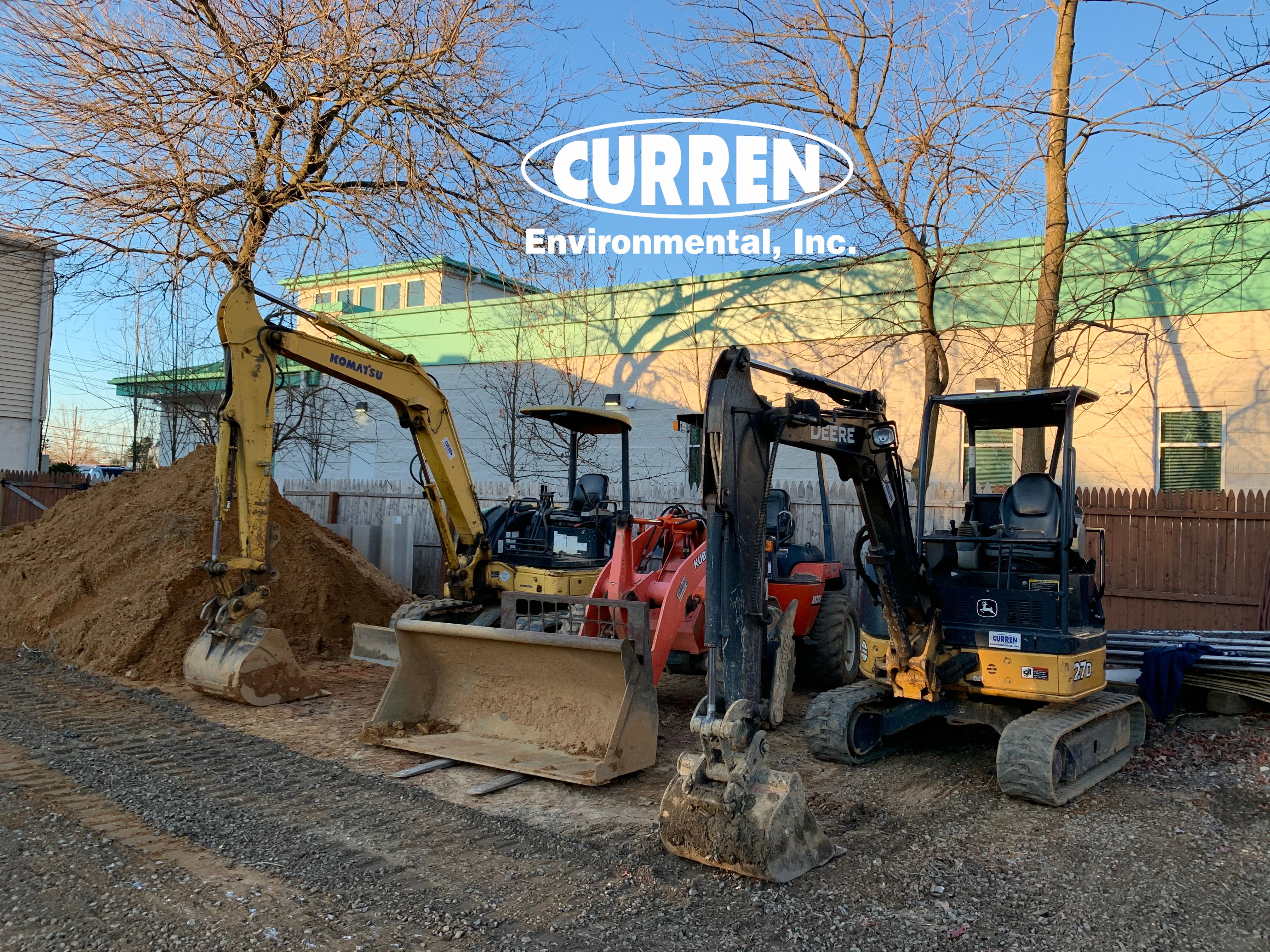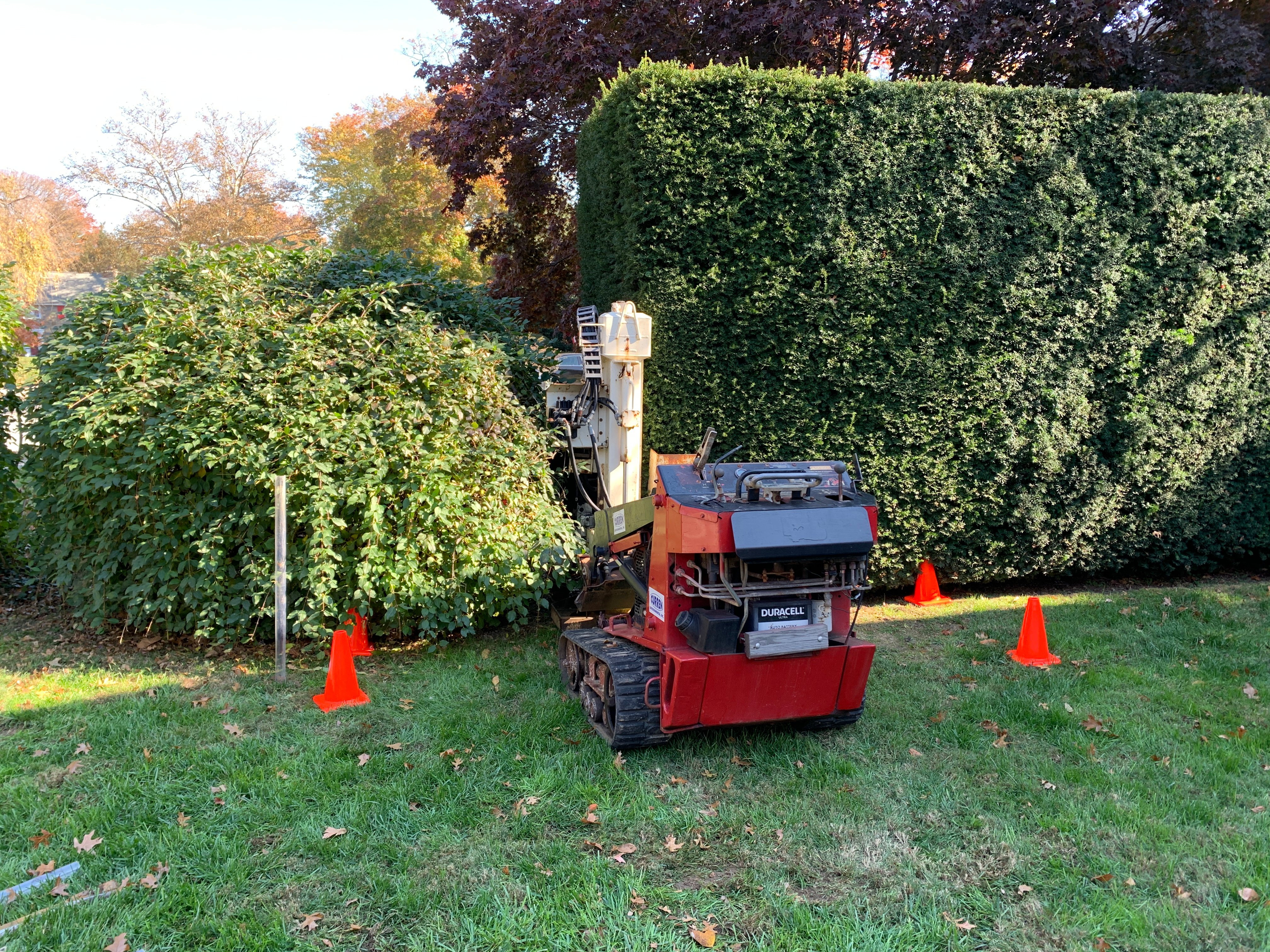Tank Sweep Frequently Asked Questions
What is a tank sweep?
An oil tank sweep is like a home inspection but is specific to one thing, finding an "undisclosed" buried oil tank. Tank sweeps are becoming more common in the real estate sales process. Today both sellers and buyers are having tank sweeps performed due to the large concern over leaking tanks.


How do I schedule a tank sweep?
You will be provided a written contract of the work and cost. You sign and return the last page, which is your acceptance of the contract. Once our office receives the contract, accounting will send an electronic invoice and scheduling will contract you within about an hour (if this occurs during normal business hours Monday to Friday).
Do you need access to the inside of the structure during the sweep?
- Yes we need interior access, we inspect the basement, crawlspace, HVAC area for historical evidence as well as for exiting utilities as our equipment will detect solid buried objects.
Can cars be parked in the driveway?
- No. Most tanks are within a 20’ perimeter of a house and tanks are under driveways, a car parked over a tank will prevent the tank from being found. The photo below shows a car parked over a tank, even though we asked ahead of time to have cars removed from the driveway.
The photo below shows a tank fill cap in front of the driver's front tire.

When will the report be issued and in what format?
Reports are typically issued within 24 to 48 hours post inspection via email, again normal business hours Monday to Friday. If we inspect a site on a Friday, the report would be issued Monday or Tuesday.
What is the difference between a Metal Detector and Ground Penetrating Radar (GPR)?
The short answer is you need a toolbox full of tools to find tanks. A metal detector detects metal and if a buried tank was the only metal on the property they would be awesome, but there is metal in soil, in pipes, in concrete, fences, the house has a magnetic signature so may objects on the property have a magnetic signature which can fool a metal detector. If they worked like magic everyone would be a beach comber finding treasure. GPR is preferred technology and its more expensive technology, but it is what is used on commercial sites. You can still verify a tank found with GPR with a metal detector (we keep two on each truck), but it is not prudent to solely rely on a metal detector. The higher cost of GPR is well worth the quality of data.
What if you find a tank? Are you licensed to remove tanks?
We are licensed in NJ, PA & DE to remove tanks. Removing tanks also makes us better at finding tanks. If we find a tank we will provide a cost to remove the tank when the report is issued. This cost should be presented to the owner. It doesn’t matter if Curren is hired to remove the tank or not. What is important is that the tank gets removed and tested (or closed in place and tested if the tank is inaccessible to remove). 60% of the time we end up removing the tank, because it keeps the transaction moving and we know what we are doing. The other 40% of the time the owner is upset we found the tank and hires someone else. Of this 40% we get called back for consultation because the removal company is not testing or doing something else that is a bit questionable.

What if you find a tank that was removed from a property and we have no report of work?
100% of the time we recommend sampling this location if it is known. Just because a tank is gone doesn’t mean the oil that could have leaked from the tank does not exist. We like to have everything tied off when it comes to tanks. Find a tank, remove and test. You have a property where a tank was removed and no lab data and report saying it didn’t leak is a big problem. We are going to recommend soil borings and sampling.
Do you find removed tanks that have leaked and the owner does not know of the contamination?
Yes frequently we test removed tank locations and find contamination. Why? The reasons are varied. Maybe the current owner did not remove the tank. Maybe the company that removed the tank told the owner it leaked but the owner did not believe them. That happens a lot we remove tanks that leaked but the owner is in denial. “It was just a pin hole” is common phrase. Our response is no holes is best. Sometimes the owner removes the tank themselves and is not qualified to pass judgement on leaks. Although uncommon some unlicensed companies remove tanks and are simple not qualified to say if it leaked or not.
What if you find a tank during a sweep and the owner comes back with documentation of the tank being present?
Ok so you are saying we do a tank sweep and find a tank and the owner suddenly has religion and remembers that yes indeed there is a tank on the property? Great question, this happens a lot, people think we won’t find the tank or the buyer isn’t actually going to complete a tank sweep. Aside from wondering why Curren got paid to find a tank the owner knew was present, we are going to recommend the tank be removed and tested 100% of the time. If the owner has documentation on the tank we can review it but 99% of the time it is not sufficient or else they would have supplied tis data initially.
What can a buyer do for the tank sweep?
Tanks are a team effort, so there are things you can do. One is asking owner about prior oil heat and tanks. This tells them that hey I am concerned about oil tanks and gives them a chance to recall what they know. This also preps them to be prepared that if you find a tank, you want it removed. Do your own research of the property contact former owners, see if an old owner used oil heat. Look for permits for oil to gas conversions, talk to neighbors. Be a detective.

